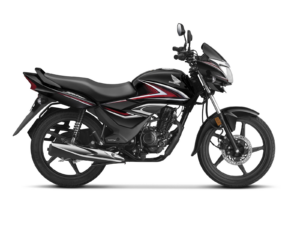

Buying bike insurance is a great way to protect yourself against loss or damage. But if you’re not careful, you could end up paying more than necessary for your cover, or even worse – find that it isn’t actually valid. We’ll help you avoid these problems by showing you exactly how to get a bike insurance quote and make sure it’s right for your needs.
Compare bike insurance quotes from different providers.
The first step to getting a bike insurance quote is comparing the quotes offered by different providers.
There are several factors that you should consider when comparing bike insurance quotes. The most important thing to look for is price, of course, but it’s also worth checking whether or not the provider offering this quote has a good reputation in general and particularly with regards to bike insurance. A good way of doing this is by looking at reviews from previous customers who have had experience with that company before.
Make sure that when comparing bike insurance quotes from different providers, you’re comparing like-for-like products rather than just opting for the cheapest quote without considering what type of protection it provides or how much money you could save in return if something goes wrong with your bike later down the line (for example).
Look for a policy that covers you for both theft and damage
The first thing to consider when shopping around is how much coverage you need. However, if you’ve invested in an expensive and high-end model, then opt for more extensive insurance options such as replacement cost or cash value.

It’s also worth checking how long each policy lasts – although short-term policies might seem more affordable initially, they often have higher premiums per month which might end up being more expensive overall!
Read the small print to make sure you’re fully covered.
You should also take the time to read the small print and make sure you’re fully covered for:
What do you need to be covered for? This is usually stated on the website or in a quote email, but if it isn’t, contact your insurer or broker and ask them directly.
Whether there are any restrictions on what kind of bike you can ensure, for example, some insurers won’t cover road racing bikes because they’re more likely to crash.
How much it costs per month—is a good indication of how much they value your bike (if they don’t seem to care about it, then perhaps they aren’t worth helping).
Choose a policy that’s affordable and fits your needs.
Once you’ve found a policy that fits your budget, it’s time to make sure it’s the right one. When looking at bike insurance quotes, don’t be afraid to ask the company questions about their policies. Is there any coverage for theft? What if I crash my bike? Do you cover me if I’m riding with my family or friends?
If you have questions or concerns about the policy, reach out to them by phone or email.
Make sure you have the right cover for your type of bike.
Knowing what type of bike you have is the first step to getting a correct quote. If you own a vintage or classic bike, specialist insurance policies are available to cater for these types of vehicles. Likewise, if you have a hybrid or mountain bike, specialist insurers can supply the right cover at an appropriate price.
Conclusion
We hope you’ve enjoyed this guide to getting a bike insurance quote. As you can see, the process is fairly straightforward and doesn’t take too much time or effort.






